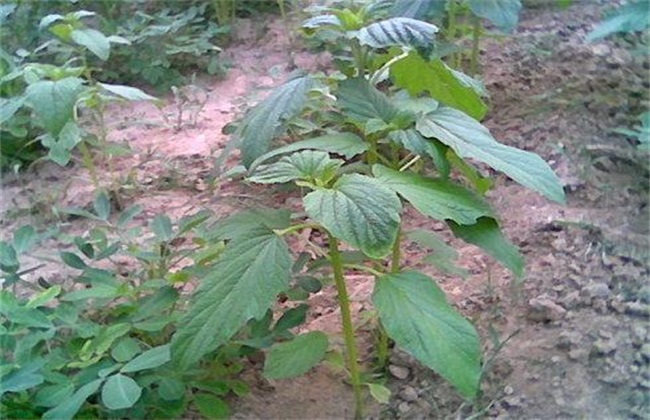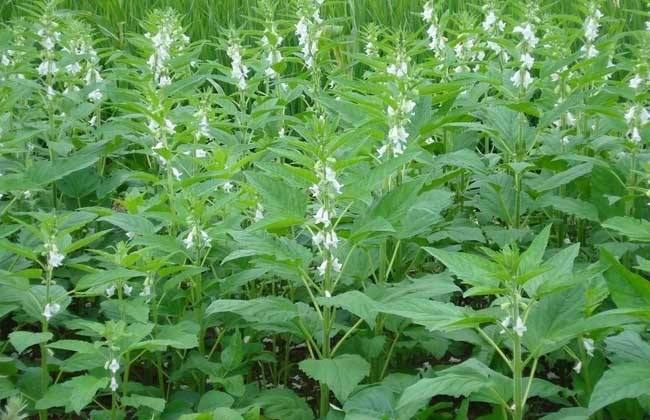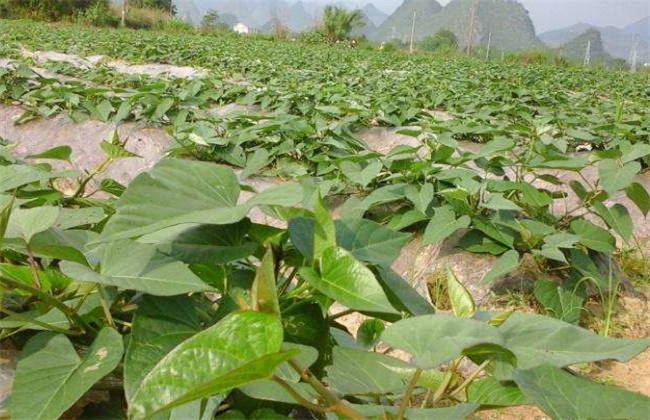Key points of Sesame Seedling Management
Sesame cultivation is very common in China, as a food crop that can not only be eaten but also can be used to extract oil. Sesame is still welcomed by many people in our country. If you want to improve the output and quality of sesame when planting sesame, then the management work is very important, we should manage according to the growth period of sesame. So how to manage sesame at seedling stage? The following editor will give you a brief introduction, let's have a look!

1. Soil management
During the sowing season, it often rains after sowing. If it rains after sowing, the soil will harden. The lower layer of the soil will also be anoxic because it is too wet, resulting in seeds can not germinate, seedling emergence is blocked, so there will be a serious lack of sesame seedlings, resulting in a sharp decline in yield, or even no harvest. Therefore, it is necessary to break the hardening of the soil in time to ensure that the seedlings can be unearthed normally and achieve the whole seedling. Generally, when the soil whitens after the rain, the soil can be broken by a shallow hoe or a horizontal light rake in time to help the seedlings unearthed.
2. Check seedlings and replant
When the planting environment is suitable, it will appear 5 days after summer sesame sowing, 3 days after autumn sesame seed sowing and about a week after spring sesame seed sowing. If the emergence time is too late or incomplete, then the cause should be investigated and dealt with in time and corresponding measures should be taken. For the hole mouth of lack of seedlings, the seedlings should be replenished in time, and if there are sporadic lack of seedlings, the seedlings can be transferred and replanted. When replenishing seedlings, the row spacing of plants should be controlled and the planting holes should be dug. If the soil moisture is not good, you can properly pour some water, and then choose the seedlings that grow strong nearby, take the soil and replant it into the planting hole, then gently cover the surrounding soil, and then cover a layer of fine soil to avoid soil cracking and reduce the ability to preserve soil moisture.
3. The seedlings are fixed
In the sesame seedling stage, we also need to do a good job of seedling determination. When the sesame has two leaves, it can start to work for the first time. Keep the strong seedlings, and then get rid of some weak seedlings. Then, when 2-3 pairs of leaves are grown, the seedlings are interspersed again, and the seedling setting is carried out when the sesame seedlings grow the fourth pair of leaves. The time of seedling setting should not be too early, and watering should be done well before fixing seedlings. Transplanting should be carried out after rain or in the evening on cloudy days.
4. Ploughing and weeding
In addition, the work of weeding in the middle tillage of sesame seedlings is also very important. We should pay attention to the changes in the weather and make changes accordingly. Usually when the seedlings are planted for the first time, you can start ploughing. Improve the permeability of soil and enhance the growth ability of seedlings. However, because the root distribution of the seedlings is not deep at this time, shallow ploughing is the main method. In the second time, the seedlings were ploughed again to remove weeds in the field to prevent weeds from grabbing the growth and nutrition of sesame seedlings and ensure the normal growth of sesame seedlings.
The above is a brief introduction to the key points of sesame seedling management. That's all for today's introduction. This article is for reference only. I hope it can help you all.
Related
- The first cup of black tea in spring, the flavor and history of tea gardens in Kenya, Africa
- The computer can not only choose potatoes, but also grow tea rice. AI will grow winter oolong tea champion.
- It is not only the inflated tea bitten by insects, but also engraved with the four seasons tea in Beipu.
- The Oriental Beauty Tea Festival in Zhuxian County takes the stage at the weekend to experience the plus-size feast of oil tea.
- & quot; Oriental Beauty Tea & Exploration of Emei in Hsinchu, the hometown of quot;
- The new variety of strawberry "Tainong 1" dessert is the first choice with mellow aroma. Crimson gorgeous
- History of Tea in Taiwan: from Wild Inner Mountain to Export Tea Garden
- Two types of Taiwan Oriental Beauty Black Tea won the British three-Star Award for Childhood Tea Xiang Zhang Jiaqi changed from pilot to champion tea maker.
- Banana species and varieties: the planting history of Taiwan Xianren banana and dwarf banana is long, is banana disease resistant?
- Coffee planting Technology: Qianjie Coffee from Seedling to harvesting



